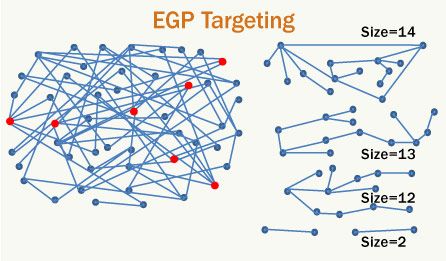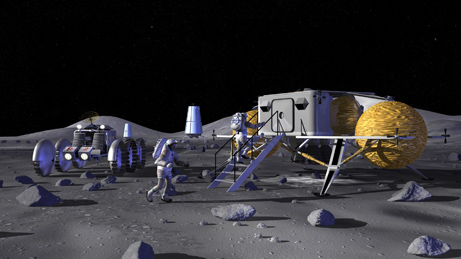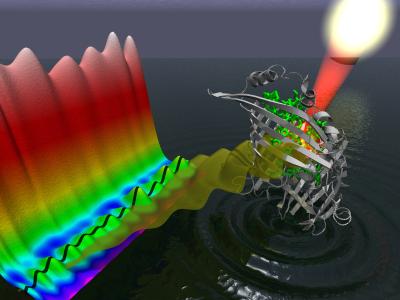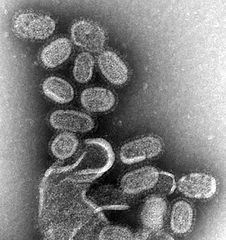Jul 11, 2008
Metabolomics Could be Part of a BioShield
Posted by Michael Graham Richard in categories: biological, biotech/medical
What is metabolomics?
Genes are similar to the plans for a house; they show what it looks like, but not what people are getting up to inside. One way of getting a snapshot of their lives would be to rummage through their rubbish, and that is pretty much what metabolomics does. […]
Metabolomics studies metabolites, the by-products of the hundreds of thousands of chemical reactions that continuously go on in every cell of the human body. Because blood and urine are packed with these compounds, it should be possible to detect and analyse them. If, say, a tumour was growing somewhere then, long before any existing methods can detect it, the combination of metabolites from the dividing cancer cells will produce a new pattern, different from that seen in healthy tissue. Such metabolic changes could be picked up by computer programs, adapted from those credit-card companies use to detect crime by spotting sudden and unusual spending patterns amid millions of ordinary transactions.
This could be used for traditional medicine, both to prevent pathologies and to detect those that are already present so they can be treated. But another use would be as part of an early-detection system to defend against pandemics and biological attacks. As mentioned previously, network-theory can help us better use vaccines. But once you have a cure or antidote, you also need to identify people that are already infected but haven’t died yet, and the earlier you can do that after the infection, the more chances they have to live.
Continue reading “Metabolomics Could be Part of a BioShield” »




 What would make this new vaccine different from the ones already available is that it would target M2e, a conserved region of influenza “A” strains. Since that part doesn’t constantly mutate and about 2/3 of seasonal epidemics and all pandemics are due to type “A” strains, it could be a very efficient weapon against repeats of the “Spanish Flu” (1918−1919) that killed at least 50 million people worldwide. Only the future will tell if phase II and III trials are successful.
What would make this new vaccine different from the ones already available is that it would target M2e, a conserved region of influenza “A” strains. Since that part doesn’t constantly mutate and about 2/3 of seasonal epidemics and all pandemics are due to type “A” strains, it could be a very efficient weapon against repeats of the “Spanish Flu” (1918−1919) that killed at least 50 million people worldwide. Only the future will tell if phase II and III trials are successful. 







